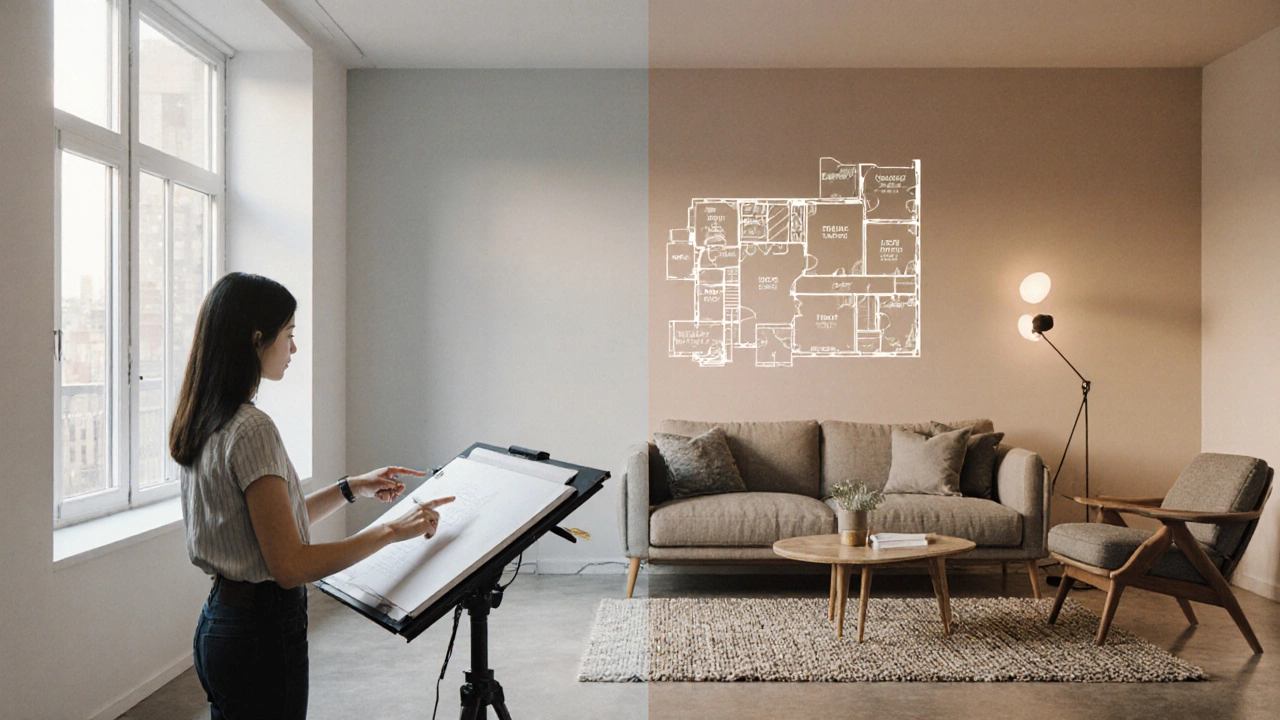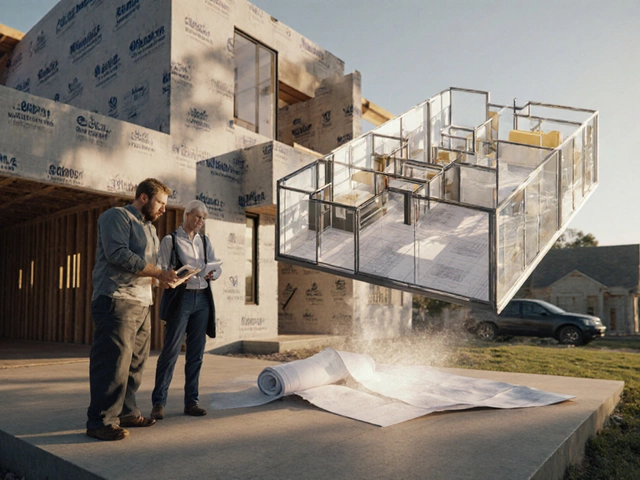How to become interior designer: A Hands‑On Guide
When you become interior designer, you’re stepping into a role that blends creativity, technical knowledge, and client communication to shape living spaces. Also known as interior design career, this path requires mastering colour psychology, spatial planning and material selection. A core part of that mastery is understanding curtain colors, the hues and fabrics that influence a room’s mood, light flow and perceived size. Equally important is choosing the right wall coverings, whether you opt for modern textured wallpaper or sleek paint finishes to create visual depth. Good lighting design – from natural daylight to artificial fixtures – is the third pillar; the field of home lighting, covers colour temperature, placement and energy efficiency to enhance both function and ambience – can make or break a design. Finally, a savvy designer knows how to upcycle furniture, transforming old pieces with new finishes, hardware or re‑configurations to fit contemporary interiors. These five entities—interior design, curtain colours, wall coverings, lighting, and furniture upcycling—form the backbone of a successful design career.
Why These Skills Matter for Your Design Journey
The journey to become interior designer isn’t just a diploma; it’s a habit of continuous learning about how each element interacts. For example, curtain colour choices directly affect perceived room size, a trick highlighted in our article about making spaces look bigger with the right fabric shades. Meanwhile, modern wall covering trends show that textured wallpaper can bounce back as a statement surface, influencing decisions on whether to embrace a classic or avant‑garde look. Good lighting design not only sets mood but also informs colour accuracy, which ties back into selecting the perfect curtain hue or paint tone. When you learn to upcycle furniture, you add sustainability to your portfolio and offer clients cost‑effective solutions—something we explore in the guide on modernizing old tables. Together, these skills create a feedback loop: the right lighting reveals the true shade of a curtain, which in turn influences how a wall finish is perceived, and a refreshed piece of furniture can tie the whole room together. Understanding this loop is a key semantic triple: “Interior design encompasses colour psychology, lighting design, and material reuse.”
Armed with this framework, you’ll find the collection of articles below a practical toolbox. Whether you’re just sketching your first mood board, choosing a fabric for a bedroom, deciding on a wall finish, planning a lighting layout, or breathing new life into a vintage sideboard, each piece gives step‑by‑step tips, real‑world examples, and cost‑effective ideas. Dive in to see how colour theory meets lighting tech, how wallpaper trends intersect with sustainability, and how every design choice contributes to a cohesive, market‑ready portfolio. The next sections will walk you through the most relevant topics, so you can start turning your design aspirations into concrete projects.
Start an Interior Design Career: Step‑by‑Step Guide
A step‑by‑step guide on launching an interior design career, covering education, portfolio building, experience, certification, and job‑search tactics.
full article




